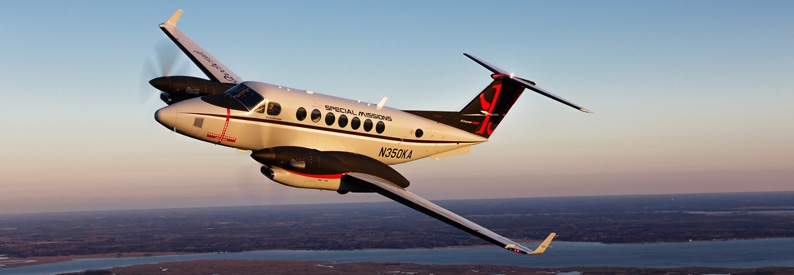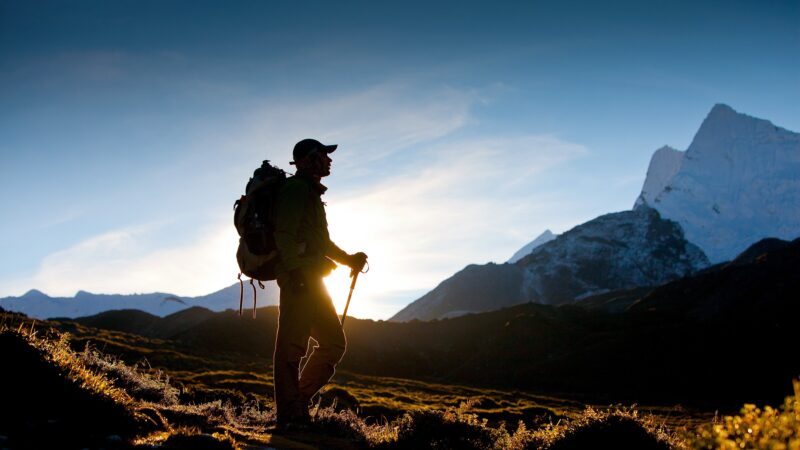The Last Place on Earth a Tourist should Go

In a world saturated with travel destinations and bustling tourist spots, there exists an enigmatic allure towards the untouched, the unknown, and the often disregarded corners of our planet. While travelers often seek out the most popular, Instagram-worthy locations, there exists a realm so elusive and obscure that it stands as the final frontier—the last place on Earth a tourist should venture.
This enigmatic space isn’t just a physical location but rather a concept—an idea that encapsulates the essence of remoteness, mystery, and inaccessibility. It’s not a place of danger or devoid of beauty but rather a destination that challenges conventional travel norms and beckons the intrepid explorer to step off the beaten path.
Somewhere deep within the remote reaches of Antarctica lies an unparalleled journey that few dare to tread—the frozen continent stands as a testament to the extremities of our planet. It’s a land shrouded in perpetual ice, where the unyielding cold and barren landscapes stretch endlessly. Yet, paradoxically, it holds a rare and raw beauty that entices adventurers and scientists alike.
Antarctica, with its harsh climate and isolated existence, remains one of the last frontiers for explorers seeking untouched landscapes and an unparalleled sense of solitude. The unforgiving terrain and bone-chilling temperatures deter most tourists, but for the brave-hearted, it presents an opportunity to witness a world devoid of human influence—a realm ruled by nature’s raw power.
The allure of this final frontier lies not just in its physical remoteness but also in the feeling of stepping into a world largely untouched by human hands. Its pristine landscapes, towering glaciers, and mesmerizing wildlife offer a glimpse into a world untainted by modern civilization.
The journey to Antarctica isn’t merely a vacation; it’s an expedition. Travelers must navigate treacherous waters, endure extreme weather conditions, and adapt to life in a habitat where survival depends on careful preparation and respect for the environment. Yet, the reward is immeasurable—the chance to witness the ethereal beauty of a place where few have trodden before.
Depth of Mariana Trench
Beyond Antarctica, there exist other contenders for the title of the last place on Earth. The depths of the Mariana Trench, the world’s deepest oceanic trench, present an opportunity for exploration that delves into the mysteries of the ocean’s abyss. The complexities and challenges associated with reaching this abyssal zone make it an elusive destination, inviting only the most daring and technologically advanced adventurers.
Another candidate for this elusive category is the dense and unexplored Darien Gap, a swath of untamed wilderness that spans the border between Panama and Colombia. This impenetrable jungle, riddled with rugged terrain and elusive dangers, stands as a barrier separating North and South America. Its inaccessibility has rendered it a mythical place, intriguing yet daunting to even the most intrepid explorers.
Moreover, the desolate landscapes of North Korea, often shrouded in secrecy and mystery, beckon those intrigued by the enigmatic and the forbidden. The Hermit Kingdom, with its heavily controlled tourism and restricted access, remains a paradoxical blend of tradition, propaganda, and an eerily preserved past.
The last place on Earth a tourist should visit doesn’t conform to conventional travel itineraries. Instead, it challenges the traveler to redefine the boundaries of exploration, to seek out the uncharted and unfamiliar, and to embrace the unknown with an open mind and adventurous spirit.
Conclusion
In a world where every corner seems to have been photographed and documented, these final frontiers remind us of the vastness of our planet and the infinite possibilities that lie beyond our comfort zones. They urge us to question the conventional definition of tourism and beckon us to embark on journeys that transcend mere sightseeing—a quest for self-discovery, a communion with nature, and an appreciation for the unexplored wonders of our world.
The last place on Earth a tourist should go is not a place to be avoided but an opportunity waiting to be seized—a chance to embrace the unfamiliar, challenge preconceived notions, and embark on a journey that transcends the boundaries of ordinary travel. It stands as a testament to the human spirit of exploration and the unyielding allure of the unknown.





